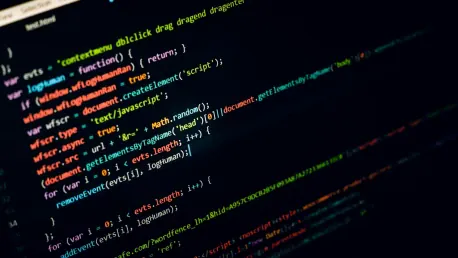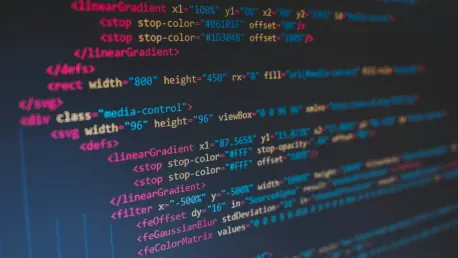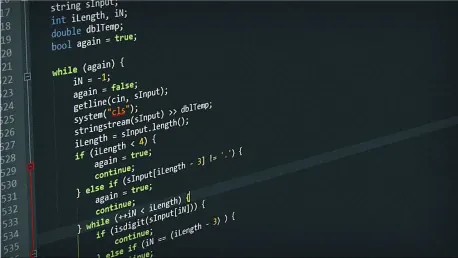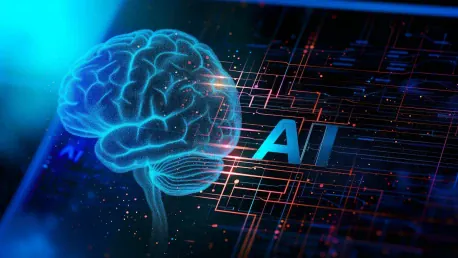
Low-code development has revolutionized the tech industry, promising rapid application deployment and democratizing coding for non-developers. As businesses grow and their needs become increasingly specialized, however, questions arise about whether low-code platforms can keep pace or are merely a

Zenity Ltd., a leading company in the field of securing artificial intelligence (AI) and low-code application development, recently secured $38 million in Series B funding. The funding round was led by Third Point Ventures and DTCP, with participation from existing investors like Intel Capital

JetBrains has recently updated the roadmap for the Kotlin language, placing a keen emphasis on performance and multiplatform capabilities, reflecting their commitment to cater to a diverse range of developers. Among the key areas highlighted are improvements in data handling, abstraction, and

In a significant technological advancement, Tether recently introduced its Local AI SDK, a development kit designed with a strong emphasis on privacy and peer-to-peer (P2P) technology. This innovative SDK was officially announced by Tether's CEO, Paolo Ardoino, during the Lugano Plan ₿ event in

In a game-changing move aimed at democratizing software development tools, JetBrains has announced that it will be offering non-commercial licenses for two of its flagship Integrated Development Environments (IDEs), WebStorm and Rider. Effective from October 24, 2024, this initiative is a generous

The rise of no-code platforms has democratized app development, allowing people with little to no coding experience to build fully functional applications. Orangekloud Technology Inc., headquartered in Singapore, has taken this a step further by integrating artificial intelligence (AI) into their